Dear Friends and Family,
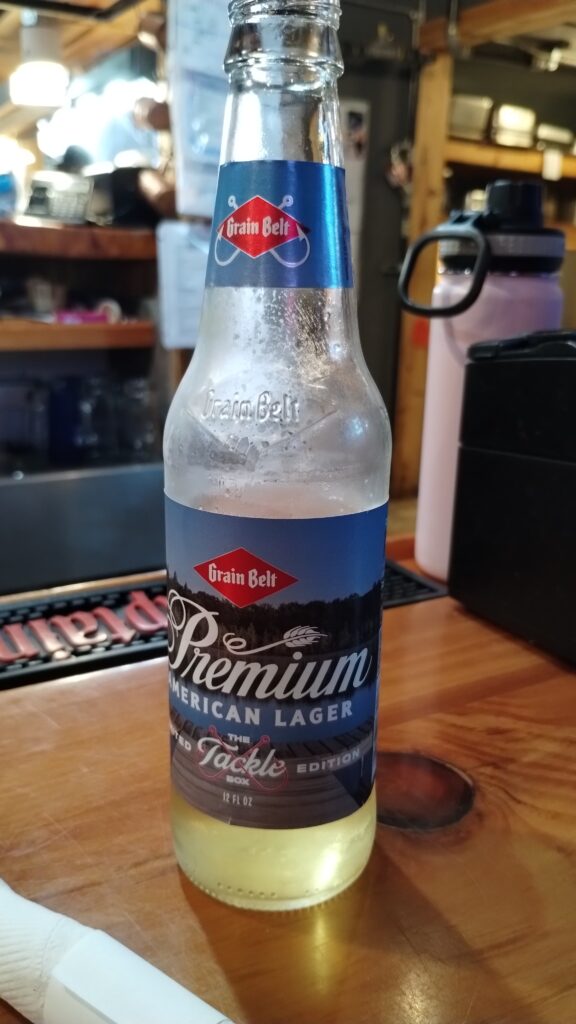
*Siiiiip* *kch-aaaahhh*
Yup, I am definitely back in the midwest.
As if drinking a beer with a name as ubiquitous as “Grain Belt” wouldn’t tell you, I have returned to the endless deciduous forests of the east, to my ancestral homeland.
Well, it’s not exactly my homeland:
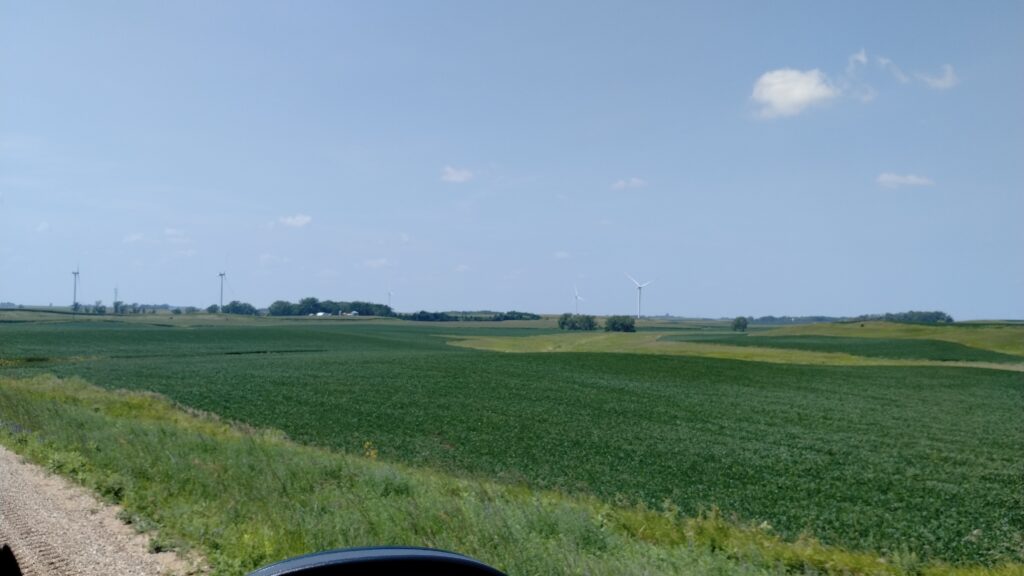
This is Lincoln County, Minnesota, just inside the state line from South Dakota. It is among these cornfields and cow pastures, occasionally interrupted by civilization, in which my Grandma was born in 1920. Born Marion Barber, Grandma grew up on a 1000-acre corn farm, before moving away to work in an aircraft factory in Kansas in 1938, and joining the Women’s Army Corps after that. She married my grandfather at an army base in New Mexico in 1945 and they settled in Southfield, Michigan when the war was done, which begins the story of most of the living Lees in Michigan. But much of Grandma’s extended family still lives in Minnesota, and several of them still farm corn in Lincoln County.
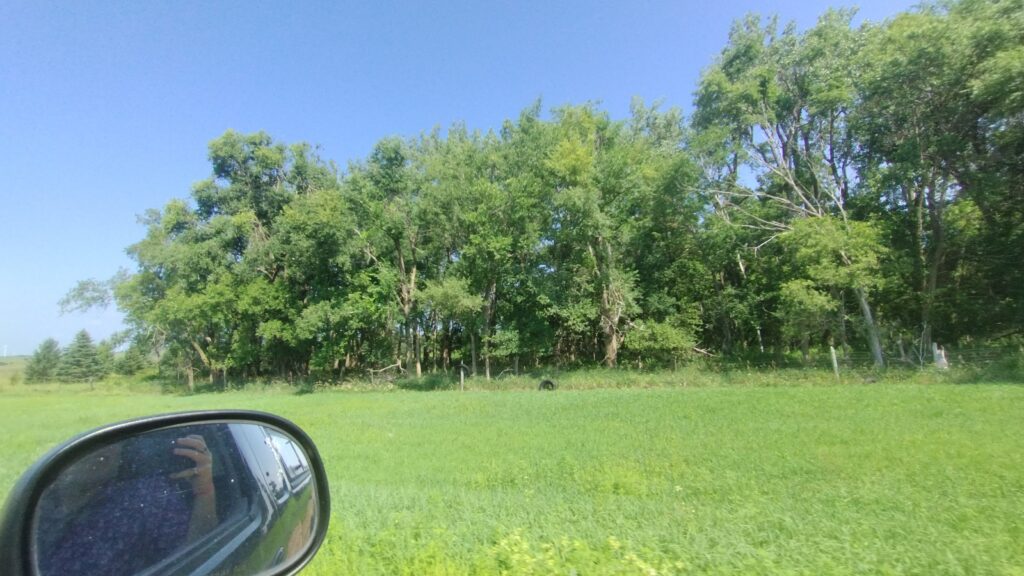
Which is why I found myself riding shotgun and taking photos of a stand of trees called “The girl’s pasture”. It was the 250 acres split to my Grandma when her father, old Will Barber, died. She eventually sold it to one of her brothers (I believe it was Donny – Dad, correct me if I’m wrong), who amalgamated the separate holdings back into the original 1000-acre farm.
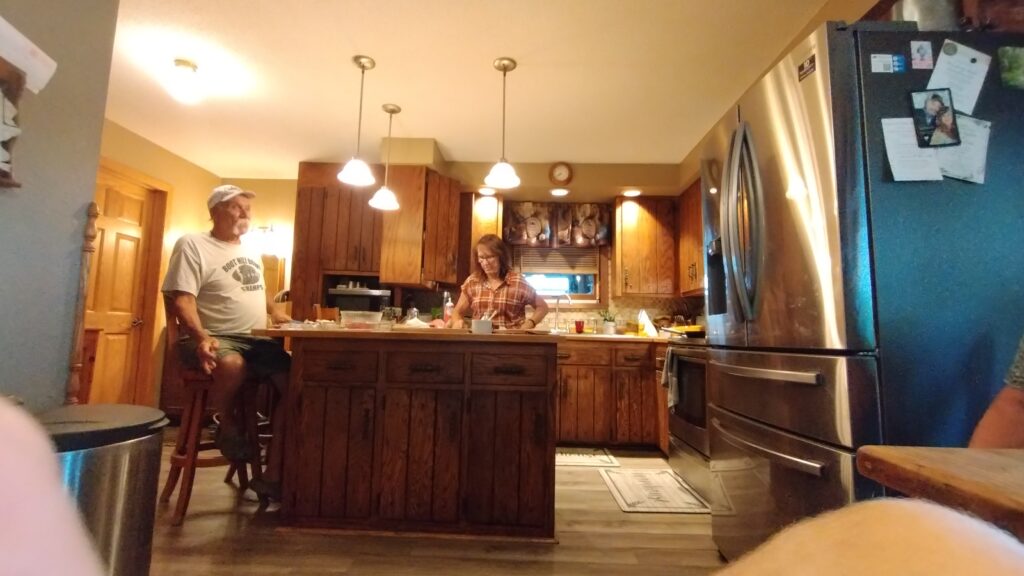
I say I got to ride shotgun because I was getting the grand tour of Lincoln County from my second cousin, Bill Barber (left in the picture above) (Yes he’s a lot older than my dad, generations in the Barber family are much longer than average), who extremely generously put me up for a few nights at his house! Bill Barber was always a carpenter, but his cousin Tommy (my second cousin, Donny Barber’s son) is still a farmer and still farms corn and hay and alfalfa on the same old farm.
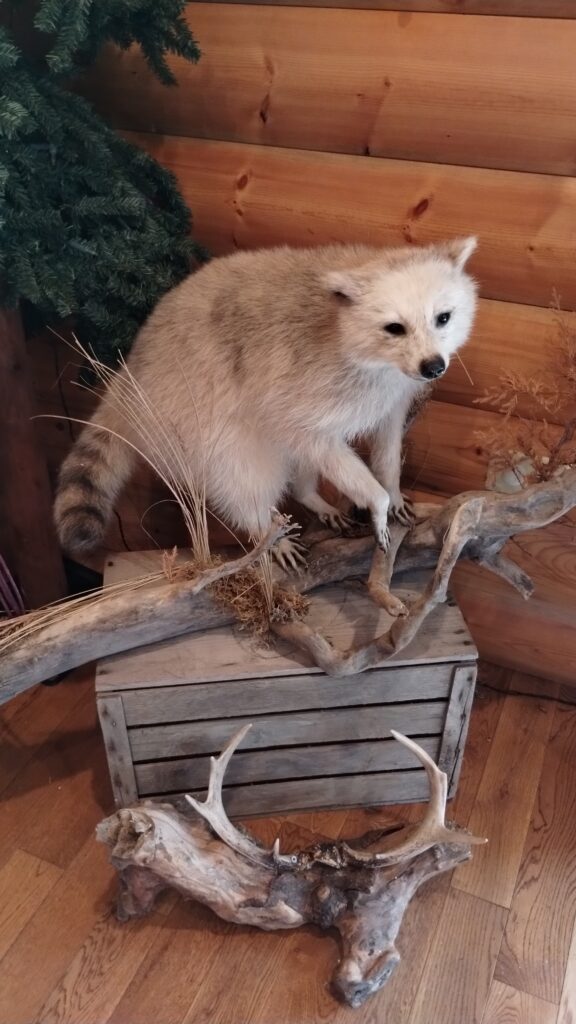
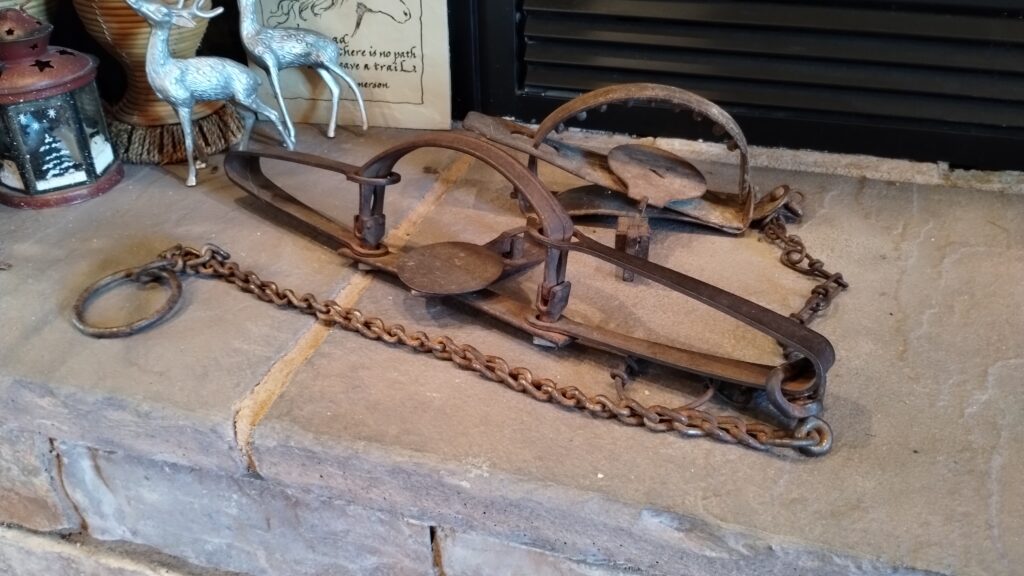
But corn doesn’t grow in winter, so Tommy is also an expert trapper, which is how he came into possession of this leucistic racoon, as well as the spring-steel traps (these ones in particular aren’t bear traps – they’re too small). Bill isn’t a farmer (he’s a carpenter), but he is a true “wild man hunter” and has slew his swathe of game in the same timeframe:
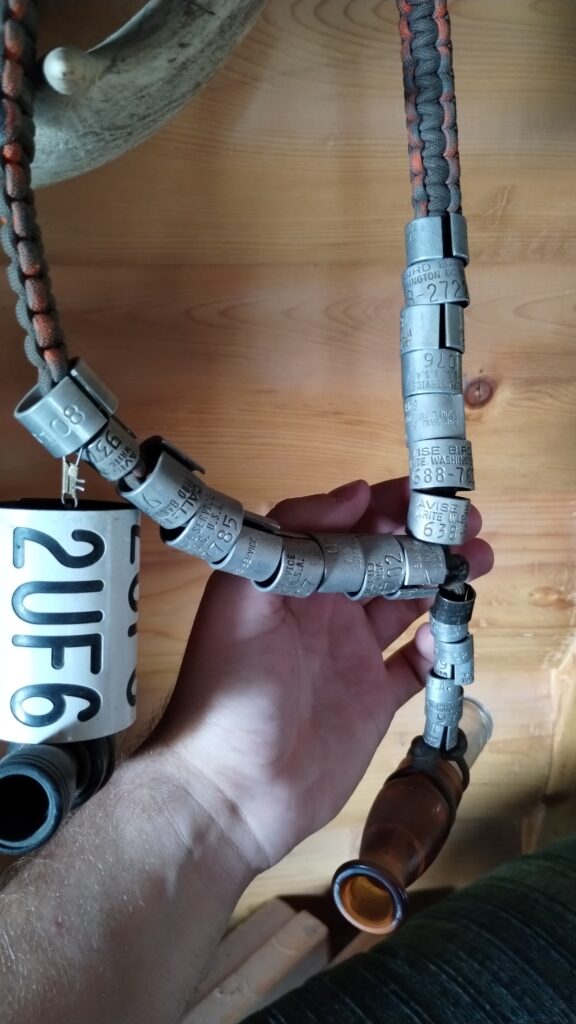
Above is a (growing) collection of leg tags from migratory birds; when you fell a bird that has a tag, you can actually call the state Fish and Game department and they’ll pay you a reward for information about the size of the bird, where you shot it, what direction it was heading, etc. Only a small percentage of birds are tagged though, so you can imagine what proportion of birds Bill has felled to have landed this many tags over the years!
If I seem like I am belaboring the nature and extent of hunting in this obscure corner of Minnesota, it’s because there just isn’t a lot else to talk about in a rural community. I think Tommy and Bill spent 45 minutes talking about their respective rain gauges, then another 45 minutes about the implications for the early deer season, and the walleye season, and late deer season, and lot of other seasons. Which lead to a sort of extended historical analysis of rainfalls in previous years and their impacts on previous deer hunts, and pheasant hunts, and the price of corn, and hay, and alfalfa, and I listened intently but I couldn’t really keep track after the third hour of that particular conversation.
One more recent (and to me, more interesting) topic of conversation is this:
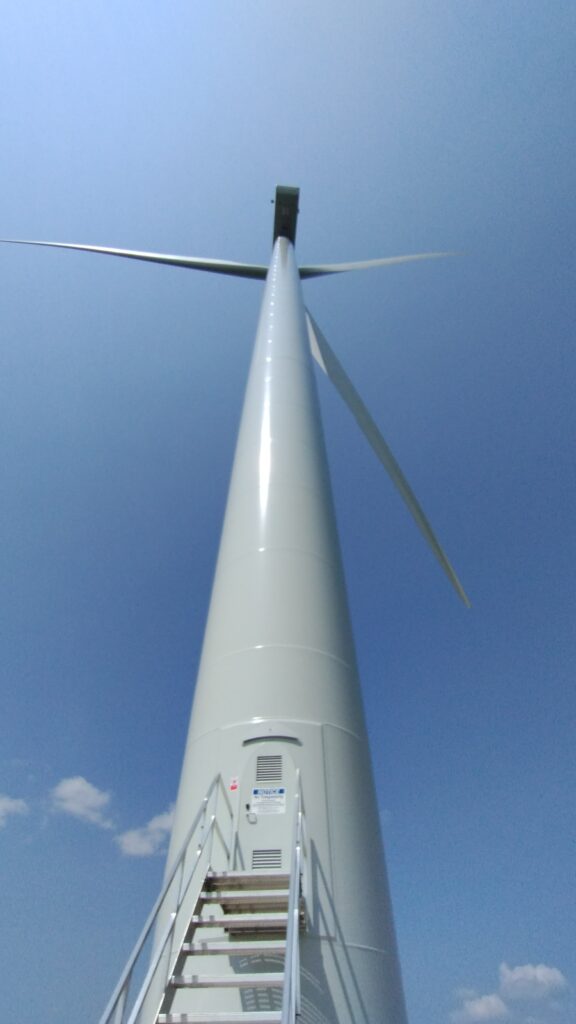
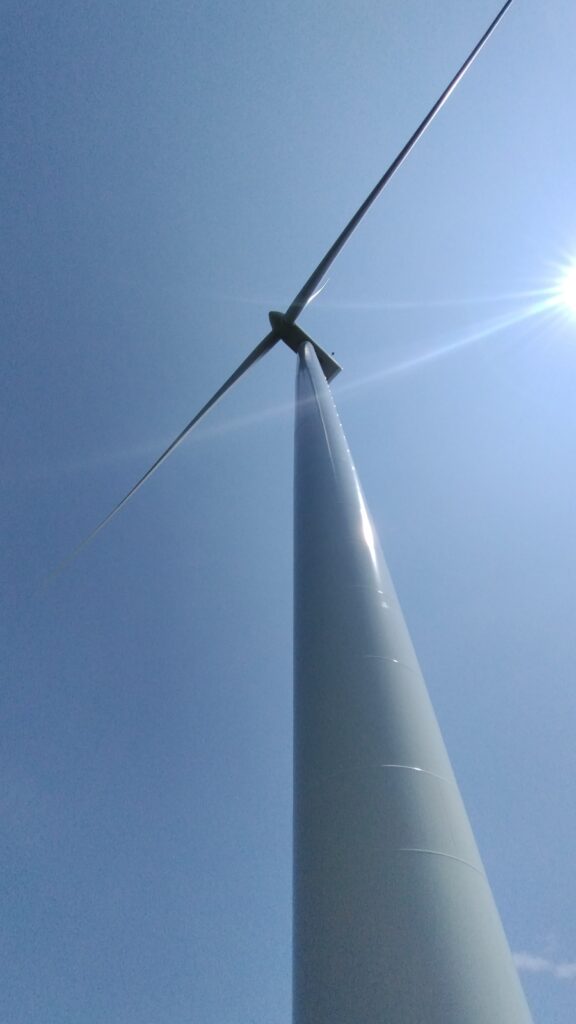
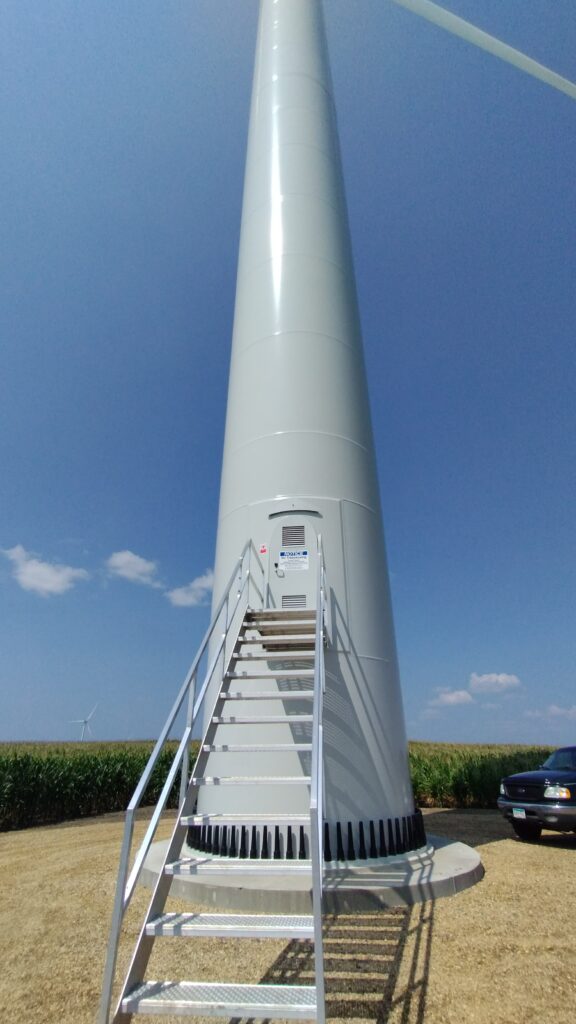
Wind turbines are going up all over Lincoln County, and across much of western Minnesota due to the strong wind resources there and favorable investment climate. We were able to drive directly up to the foot of this one because it’s actually one of two on Tommy’s property. There is much conversation made about wind turbines in rural areas, and their impact on scenic spaces and supposed sound pollution (I say “supposed” because we couldn’t hear a single thing at the base of this turbine, even as it was spinning pretty quickly) and other NIMBY-related concerns, so I figured I would present some of the facts about Tommy’s wind turbines to really give you all a sense of the locals’ perspectives on these things:
- The power company pays $10,000 per turbine per year directly to Tommy for their installation. This is coupled with an annual payment of $60 per acre per year for the wind rights to Tommy’s property, multiplied by 1000 acres, to pay out $60,000 per year for the wind rights and $80,000 per year total when the per-turbine payment is added in, for the 10-to-15-year life of the turbine.
- The power company pays for the wind rights to adjoining properties, even if no turbine is being put on that property specifically, to make sure all of the farmers benefit from the turbine’s installation (and to avoid potential legal disputes).
- The power company pays for all of the installation, maintenance, and eventual tear-down costs. They do all of the work to build culverts, realign irrigation ditches, install transmission lines, and build access roads where necessary to get to the turbines. They even have knock-on benefits to the county at large; when they had extra pea gravel from building and leveling the foundations on Tommy’s land, they used it to resurface the county roads, something the county itself is notoriously far behind on.
Suffice it to say, being paid tens of thousands of dollars a year to do absolutely nothing extra with your land is a pretty spectacular deal for these farmers, and the ones I talked to speak extremely highly of the power companies installing them. So if you hear people complaining about wind farms “negatively impacting rural communities”, you’re almost certainly not hearing it from someone who actually lives in a rural community.
~~Rant Over~~
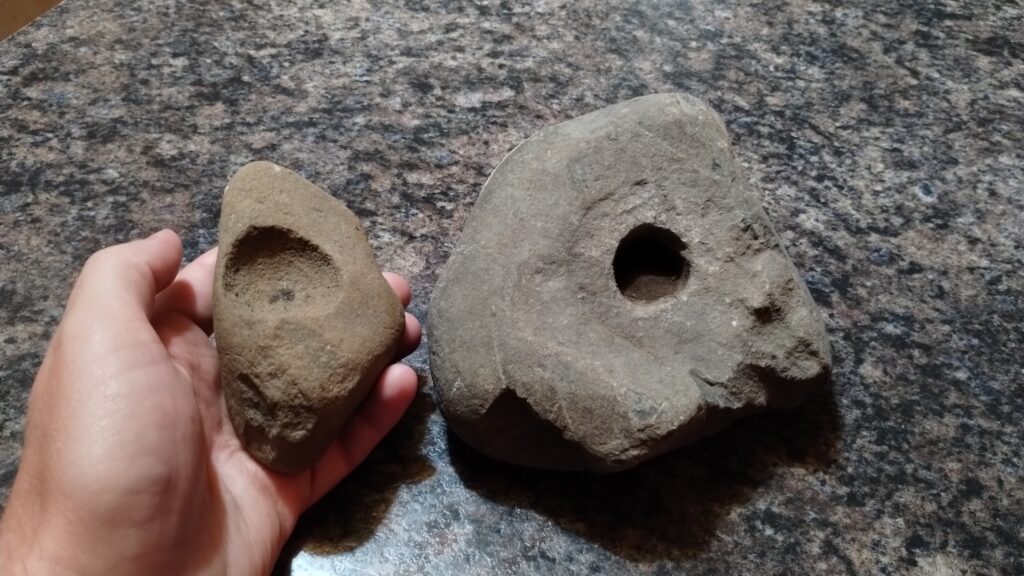
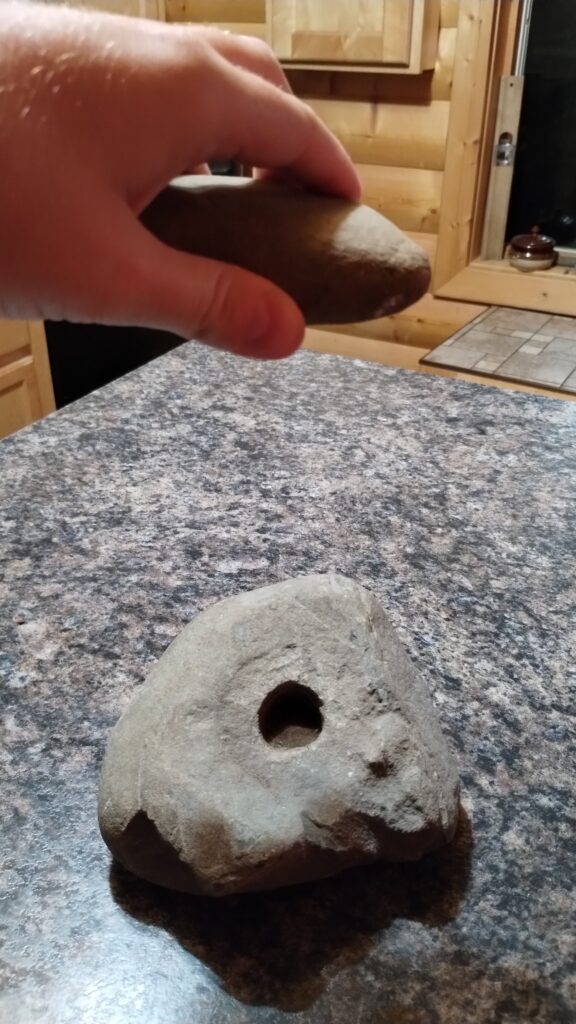
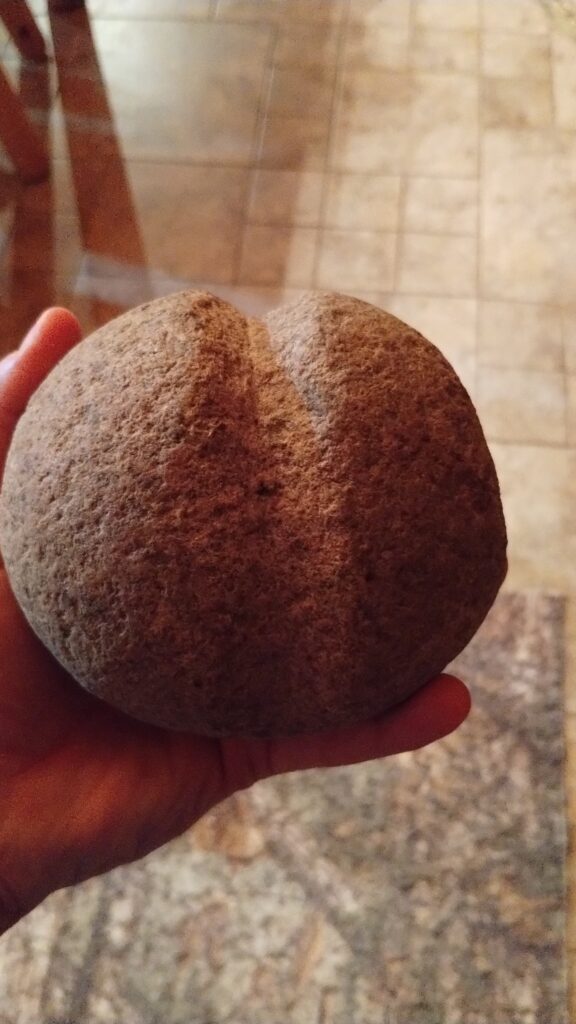
Above are a set of Native American bow drill/firestarter ends Bill discovered near a dried lakebed, as well as a stone hammer head.
Anyways, Bill and I had a grand old time tooling around the county and hanging out at his place. The next day, I went off on my own to explore Arco, the nearest “town”:
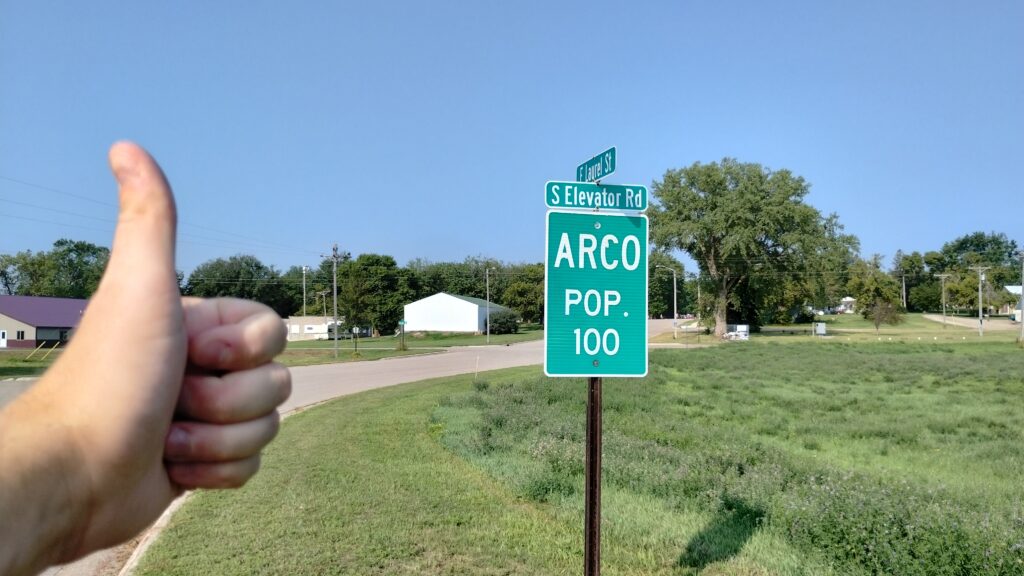
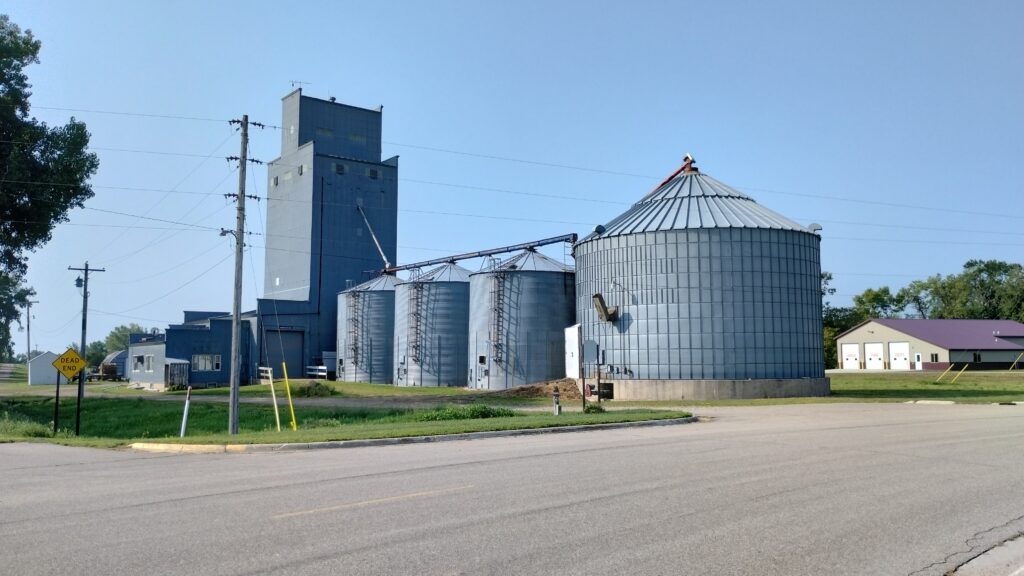
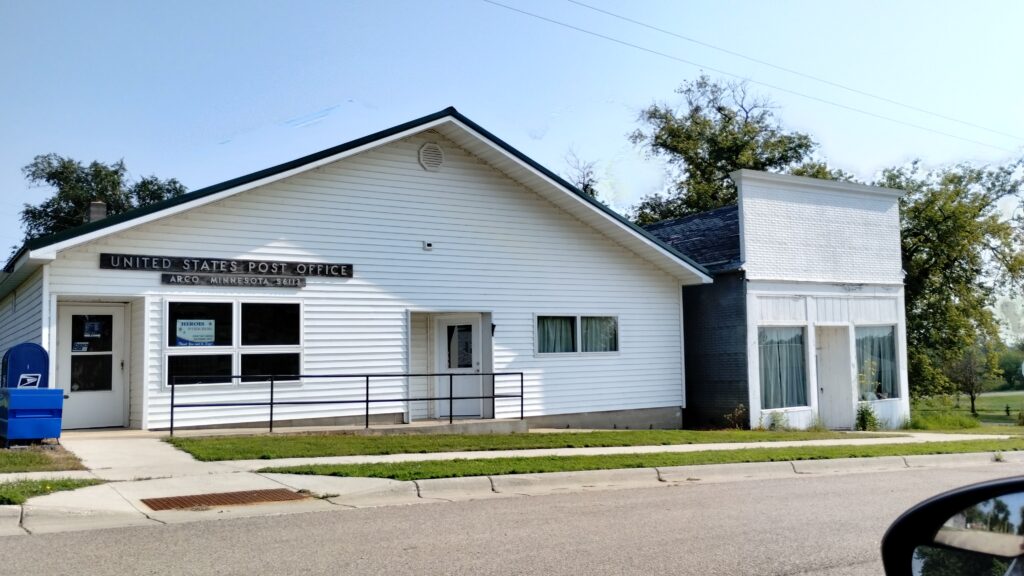
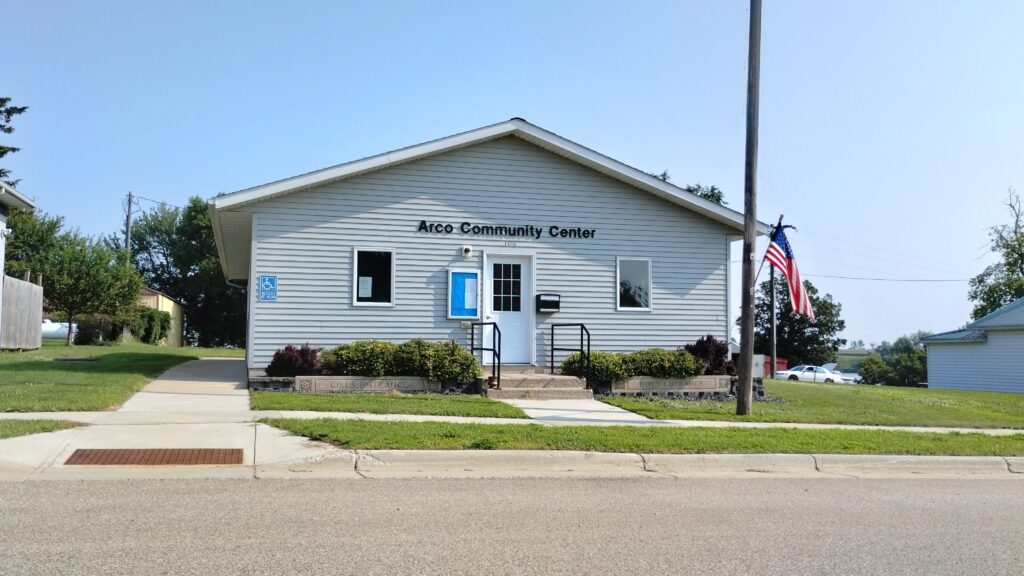
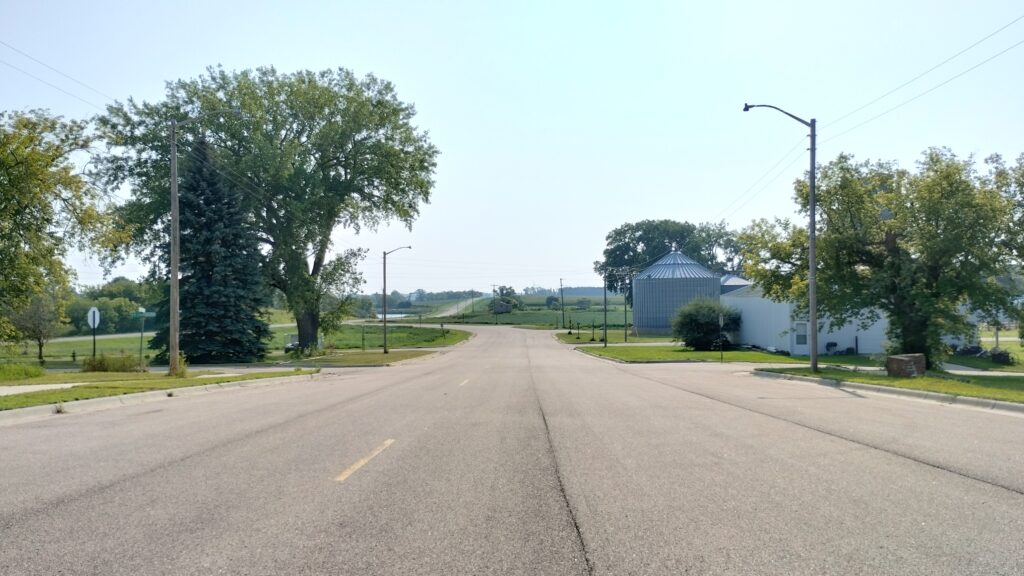
One end of town,
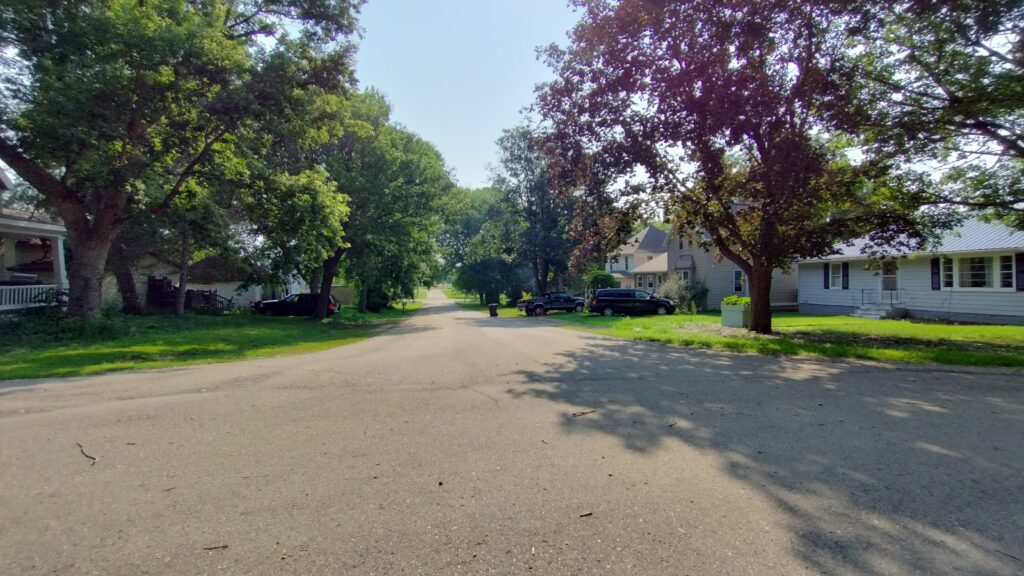
Aaaand the other end of it.
Arco is a very, very small town. I am told that the highest population it ever had was 130, and that the current population sign is several decades out of date. There are no stores, nor any buildings that ever appeared to have been stores in the past. There’s a community center, a post office (which, credit where it is due, is one more post office than my hometown of 35,000), and a grain elevator. There’s one shuttered bar and two open churches.
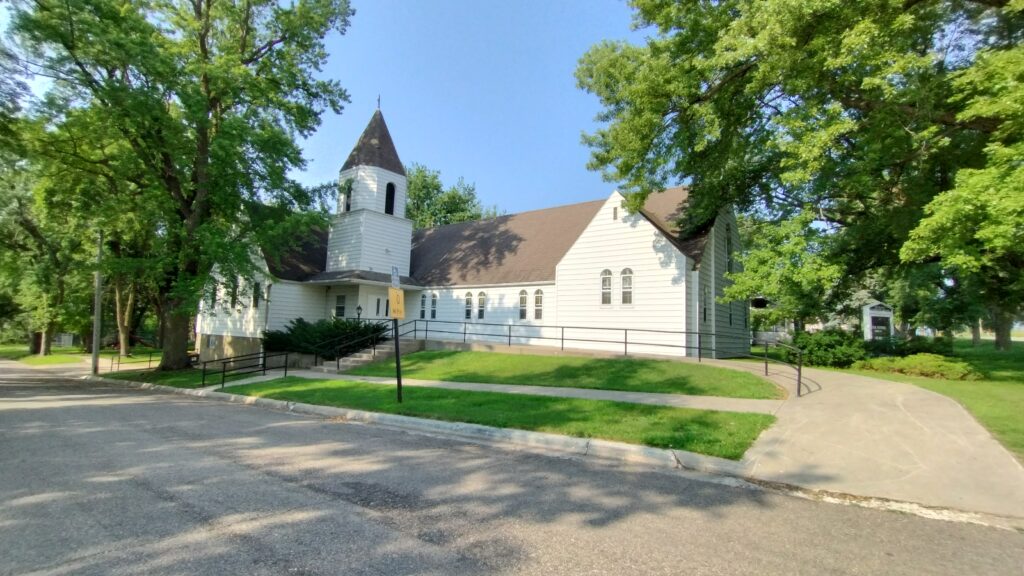

What’s the rush? Stay a while!
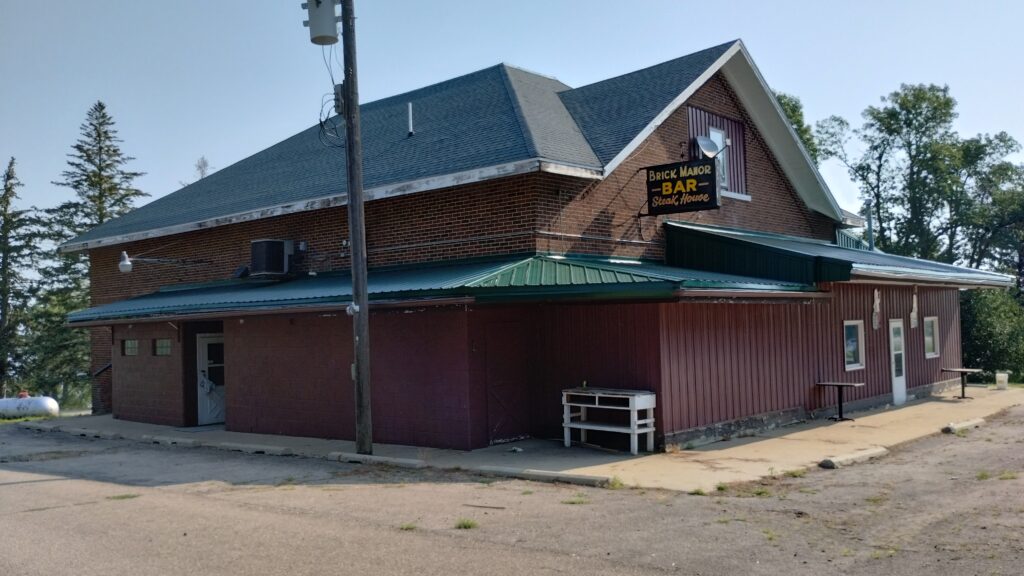
I have heard many a tale from the Brick Manor, and none of them can be repeated on this blog. Also, ladies and gentlemen, if you are looking for the most Midwestern thing of all time, look no further:
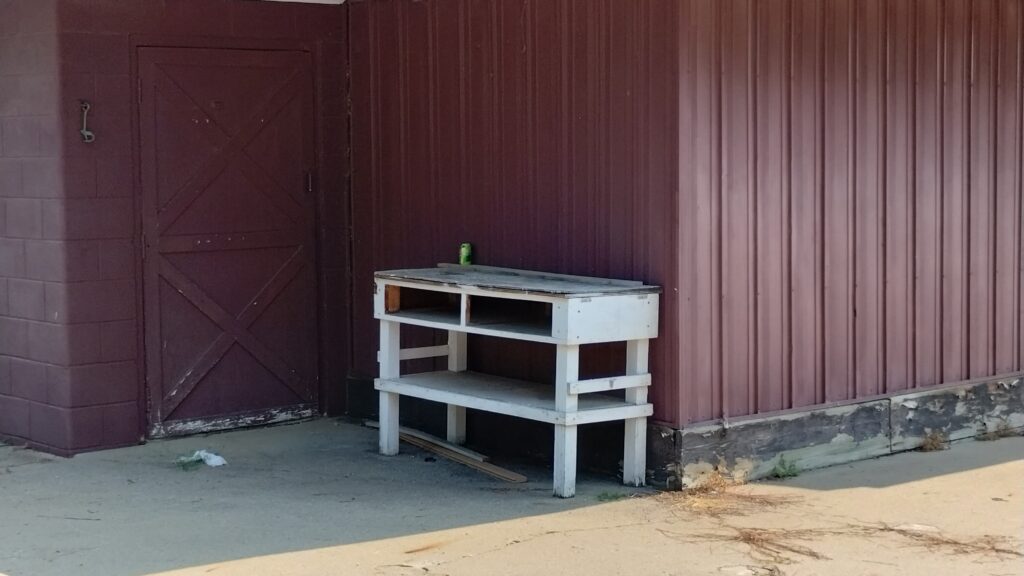
How Midwestern are you? How about “the only bar in town has a public fish-cleaning table” Midwestern?
Sorry, kin of mine, but there just isn’t enough town in Arco for me to ever see myself living here. They do have one thing I could see myself enjoying though:
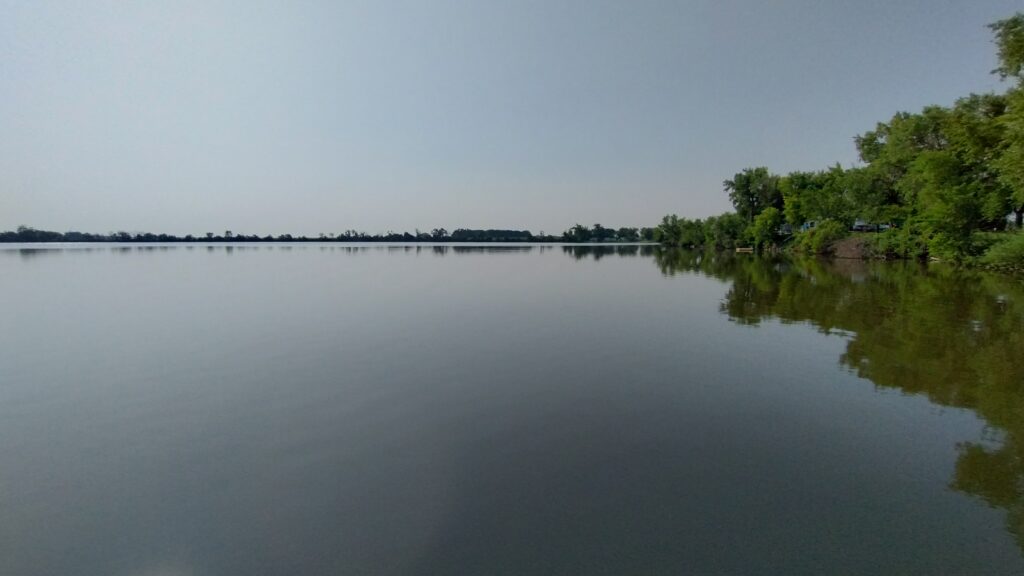
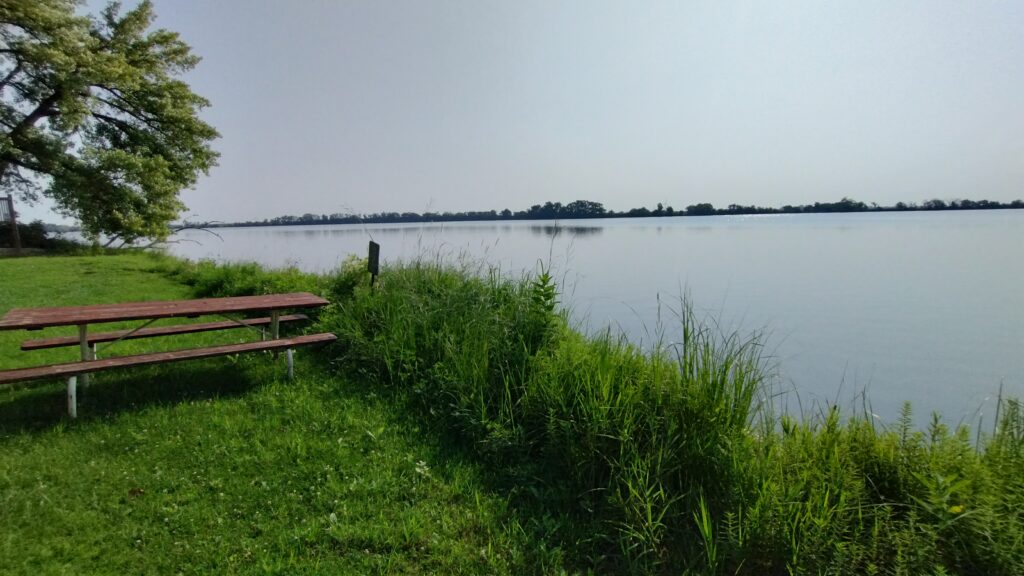

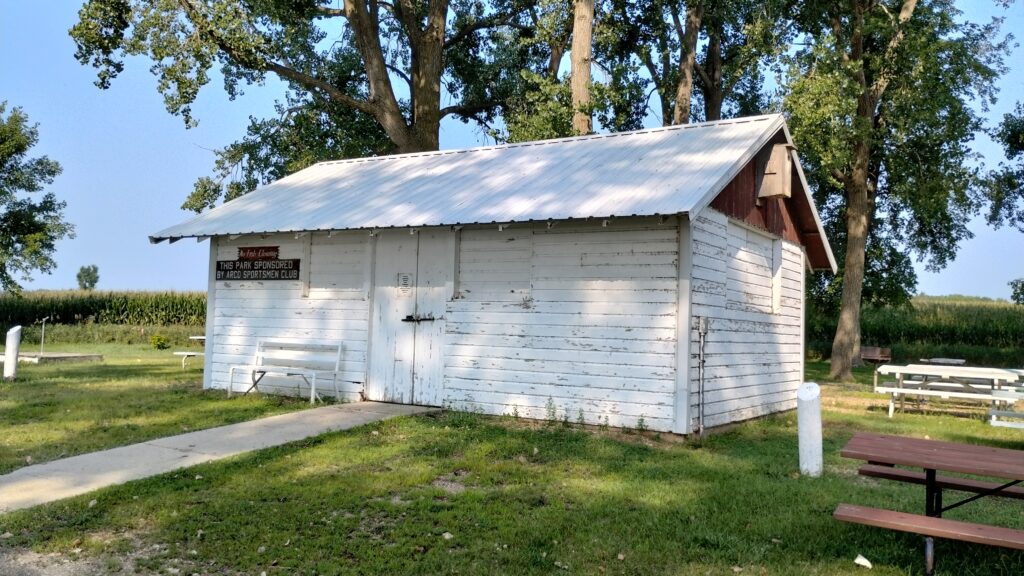
Good old Lake Stay. The stories I’ve heard about it from my Aunt and Uncles are all positive. Great-Grandma Dorris apparently used to make two dozen donuts whenever my relatives were in town and they all went down to the lake for a day. Great-Grandpa Will was a founding member of the Arco Sportsman’s Club, which built the docks and the pavilion and the park. I guess my love for the lakes goes back a ways further than me.
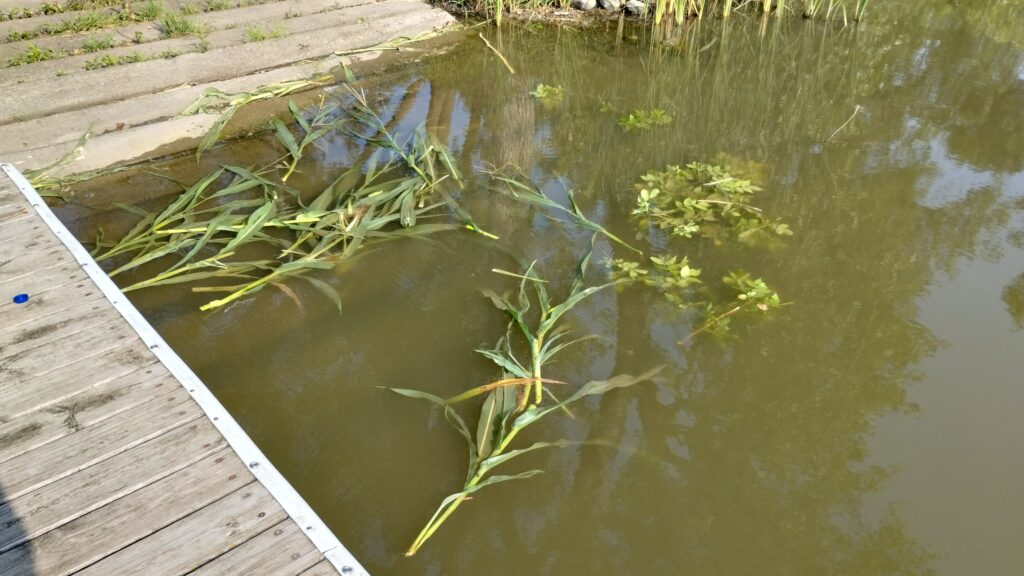
A new type of hydroponic “Sea Corn” the farmers in Lincoln County are experimenting with.
As I got to leaving Arco, there was one more thing I wanted to see in this corner of Minnesota:
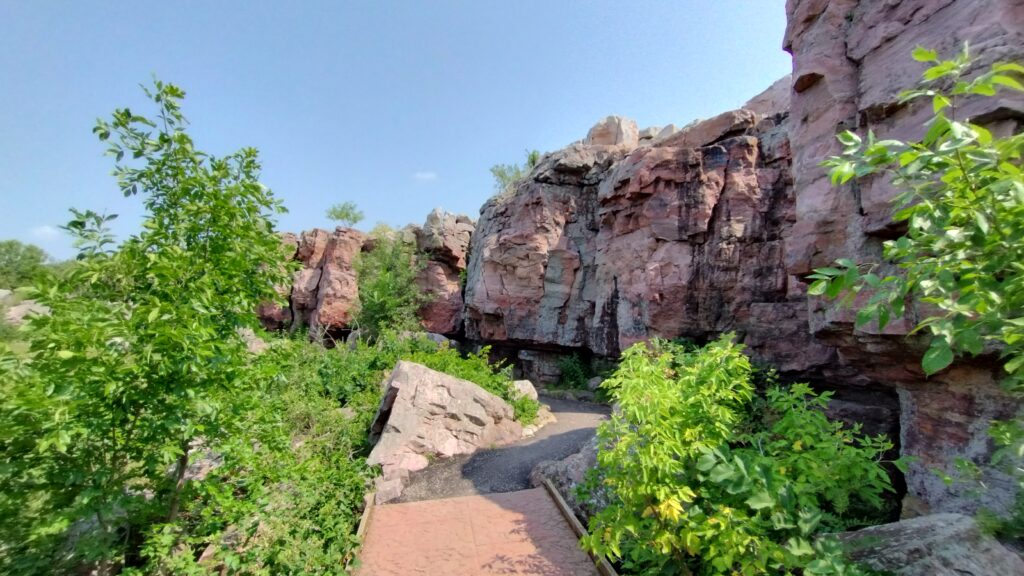
Pipestone National Monument is a completely unique historical park in the United States. Here, for hundreds of years, Native Americans mined pipestone from various pits and veins emerging near the surface:
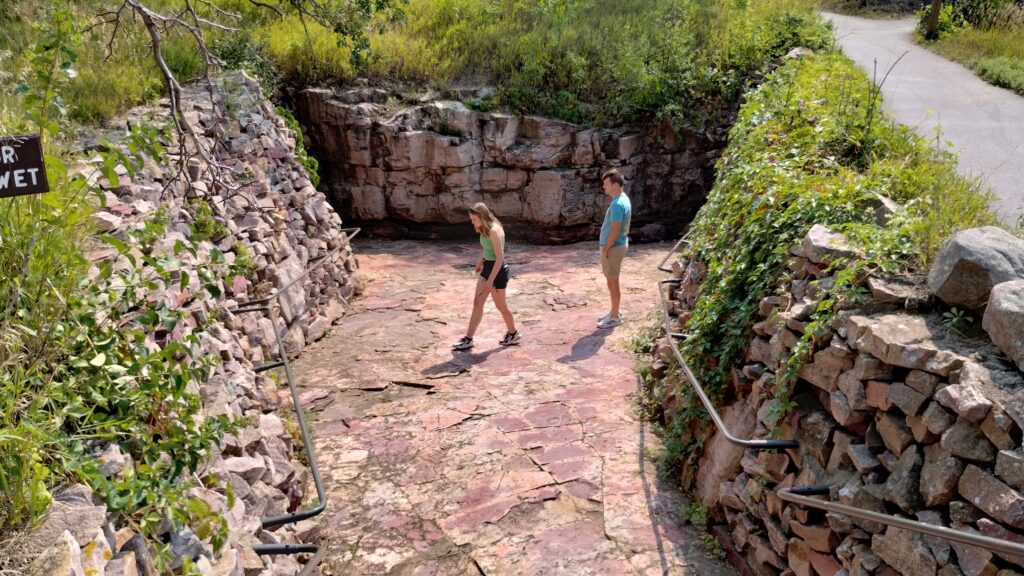
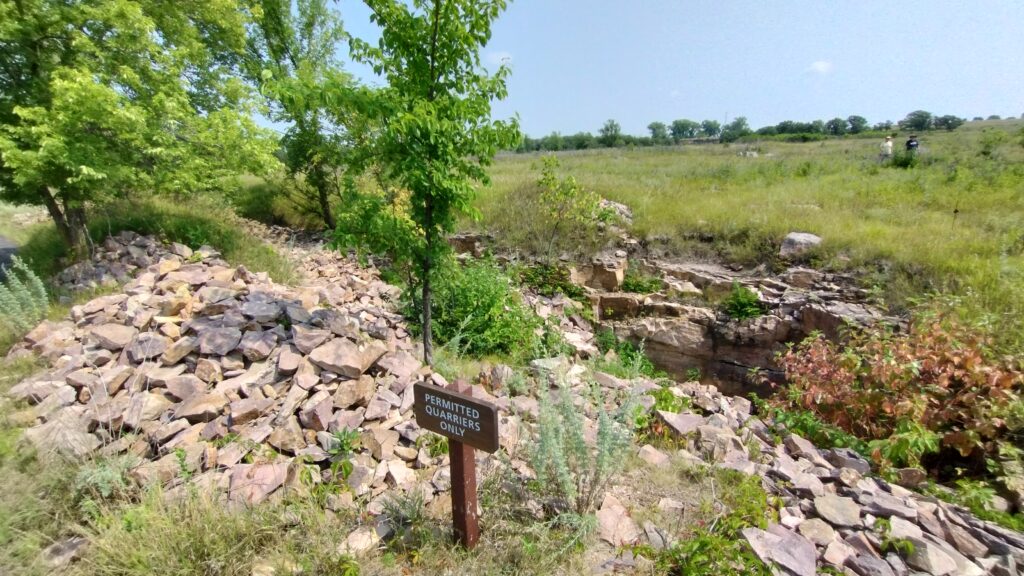
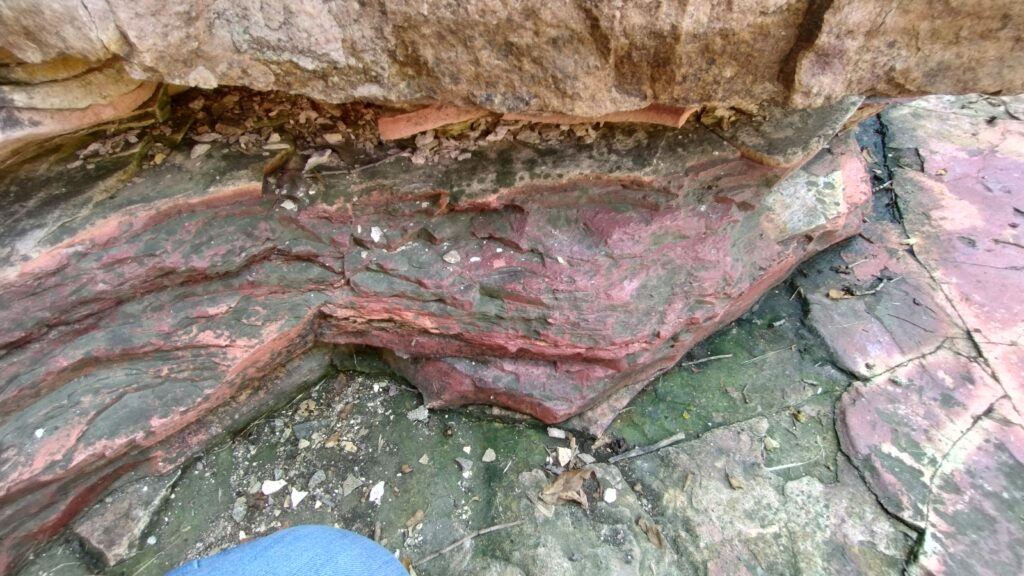
Pipestone is a type of red standstone that is easy to work with stone or copper tools, and so was frequently fashioned into pipe bowls. The quality and usefulness of Minnesota Pipestone was so renowned that is has been discovered thousands of miles away, all the way down in Chaco Canyon as a matter of fact:
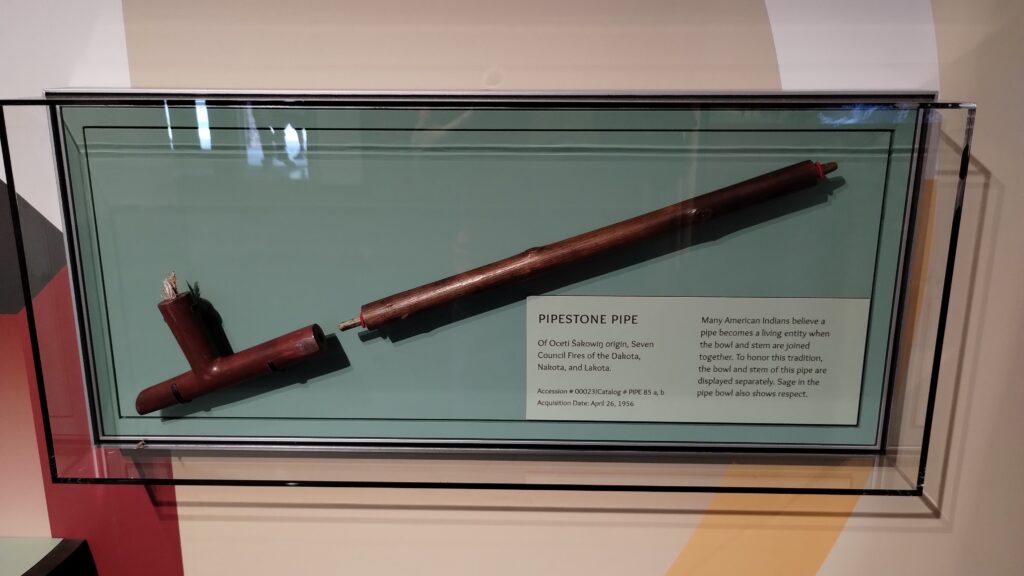
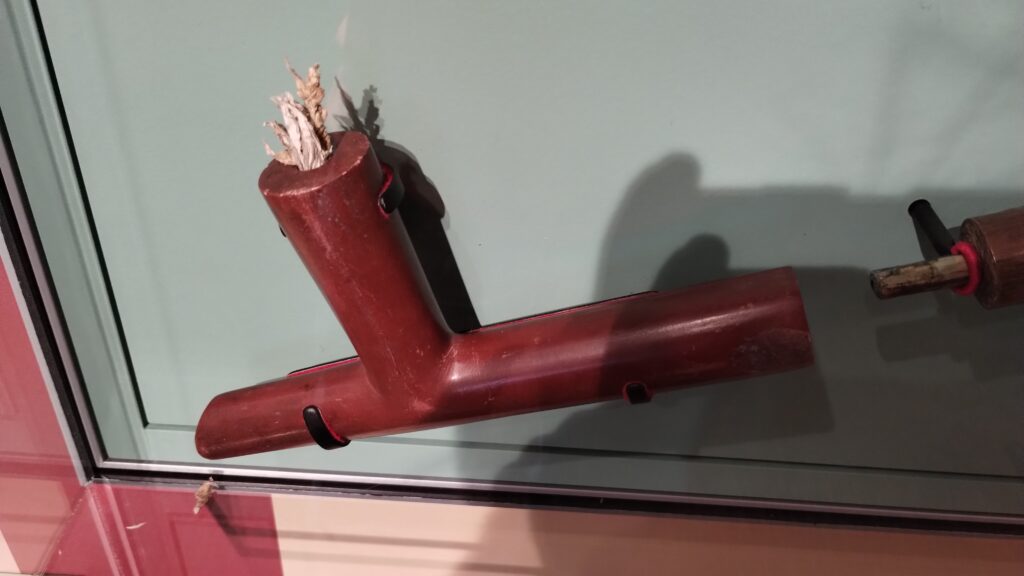
And amazingly, at the national monument, they actually have artists-in-residence!

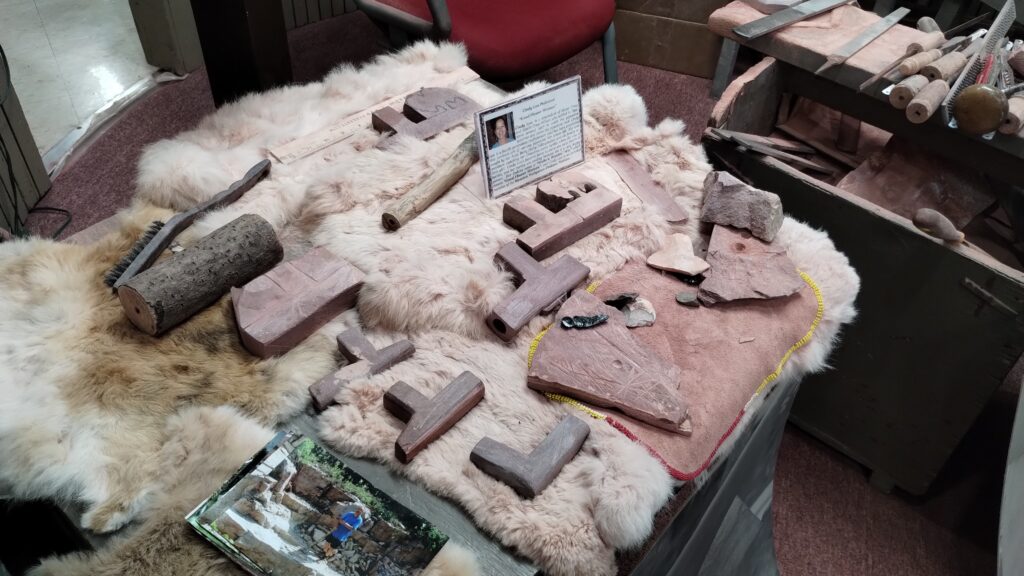
Here you could meet Lakota, Fox, and other artisans working on pipes in new and old styles. Many were extremely ornate and all were extremely impressive works of craftmanship.
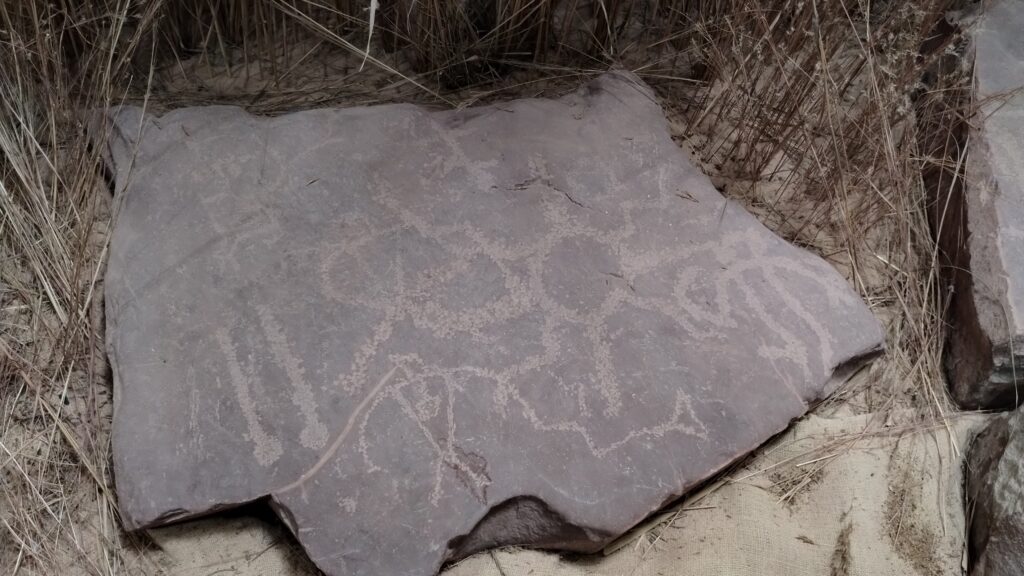
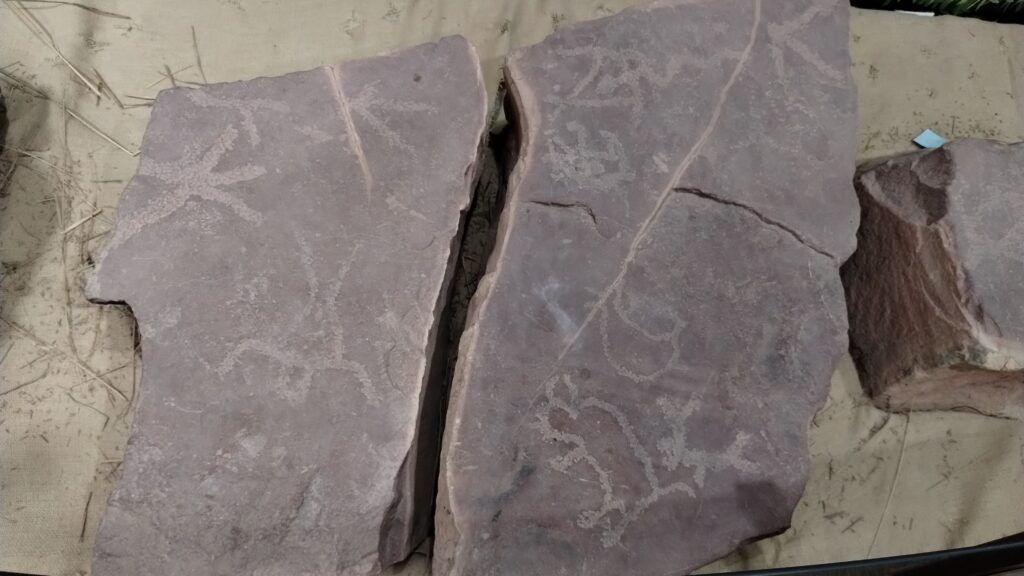
Artists new and old, as you can see.
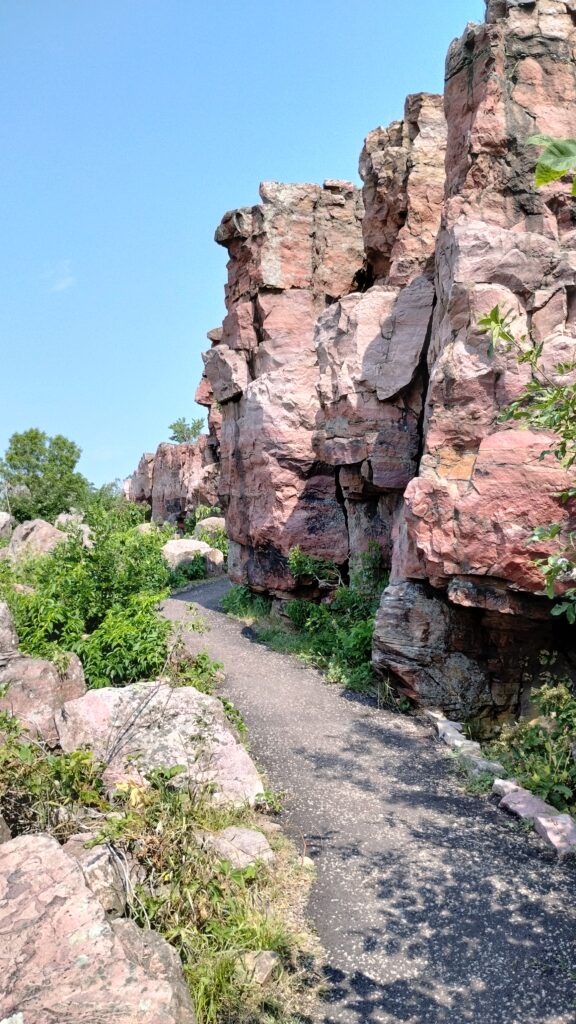
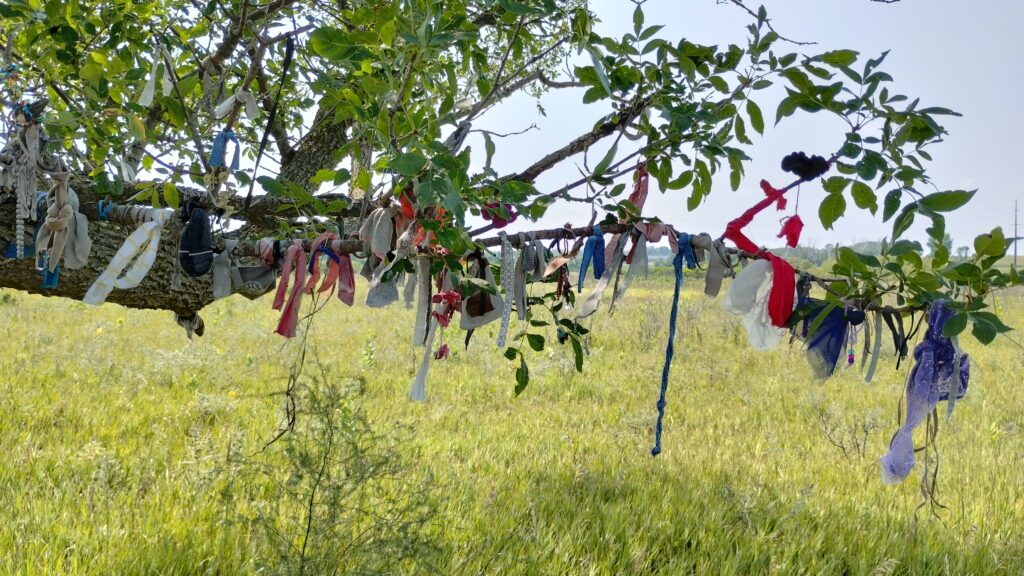
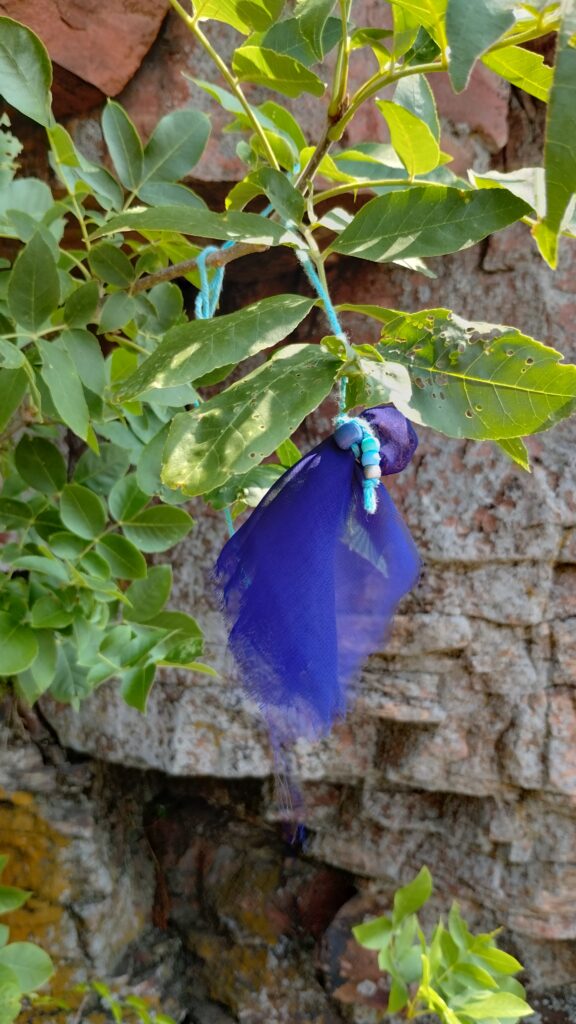
All of this was quite something special. Allow me to leave you with a few lines from one of the great Midwestern Songs of all time, “Hopelessly Midwestern” by Ann Arbor fold band “Mustard’s Retreat”:
Hopelessly Midwestern, cornfed boys and girls / Hopelessly Midwestern, square pegs in a big round world / Now you can go from sea to shining sea / But right in the middle, that’s the place to be / And if you like it like that, you’re a lot like me / Hopelessly Midwestern.
Stay well everyone,
Evan 💙